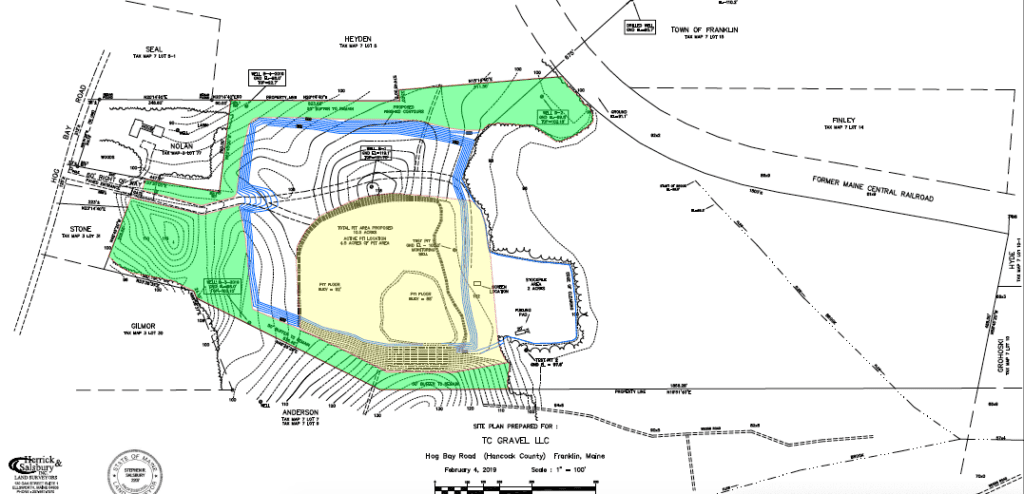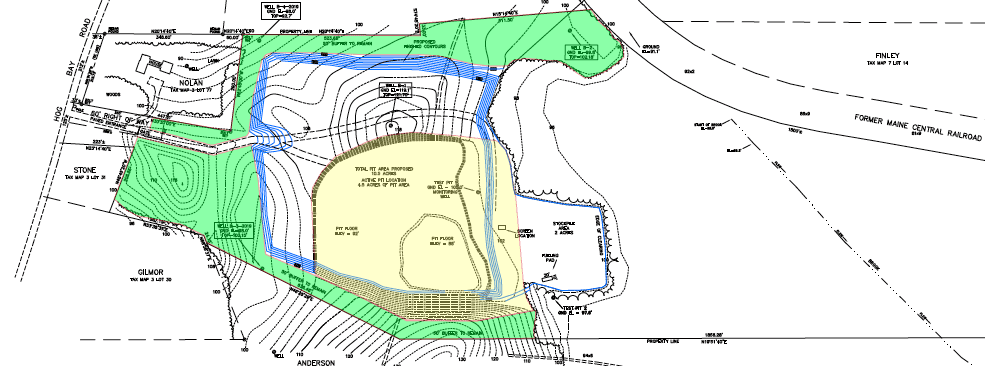Land Use & Permitting Services

Depending on the scope of development, developing an application for regulatory approvals can take weeks or months. With our experience, Herrick & Salsbury, Inc. can assess the level of permitting needed for any given project, develop a list of needed permits, and estimate a timeline for completing the permitting process.
Examples of those issues that need to be considered during a permitting process are:
- Impact on Historic Sites
- Subdivision Law and Site Location Law
- Waste Disposal
- Wellhead Protection
- Shore Bird Habitat
- Vernal Pools
- Registered Farmland
- Tax Consequences
- Forestry Laws
- Noise
- Lighting
- Traffic
- Local Zoning
- Shoreland Zoning/Setbacks
- Density of Development
- Access to Utilities
- Existing Soil Conditions
- Access to a Curb Cut or a Highway Entrance Permit
- Essential Wildlife Habitat
- Flood Plains
- Stormwater Management
- Wetlands
- Total Amount of Disturbed Area
- Total Amount of Impervious Area
- Shoreline Stabilization
Each of these issues could be within the jurisdiction of local, state, or federal regulatory agencies.
The State of Maine Bureau of Building Codes and Standards recently adopted the Maine Uniform Building and Energy Code. This building code became effective on December 1, 2010, and applies to all construction on a statewide basis.
Stephen R. Salsbury is a State of Maine certified Code Enforcement Officer. He demonstrates an understanding of the complexities of land use regulations. Code Enforcement Officers are governed by the Maine State Planning Office and are required to maintain proficiency with continuing education.
Developing an application for regulatory approvals can take weeks or months, depending on the scope of development. With our experience, we can assess the level of permitting needed for any given project, develop a list of needed permits, and estimate a timeline for completion of the permitting process.
Let Us Help Explain
Local zoning, setbacks, density of development, access to utilities, existing soil conditions, access to a curb cut or a highway entrance permit, essential wildlife habitat, flood plains, stormwater management, wetlands, total disturbed area, total impervious area, impact on historic sites, subdivision law, and site location law are examples of issues that need to be considered during a permitting process. Each of these issues could be within the jurisdiction of local, state, or federal regulatory agencies.
Other land use issues concerning the development of property could involve removing the parcel from tree growth tax designation and regulations concerning forest liquidation harvesting on a parcel of land within the past five years.
Our Past Projects
What Our Clients Have To Say
Related Blogs




Getting Started
Have questions about boundary surveys or what to expect? Check out our FAQs or reach out via our contact page.



